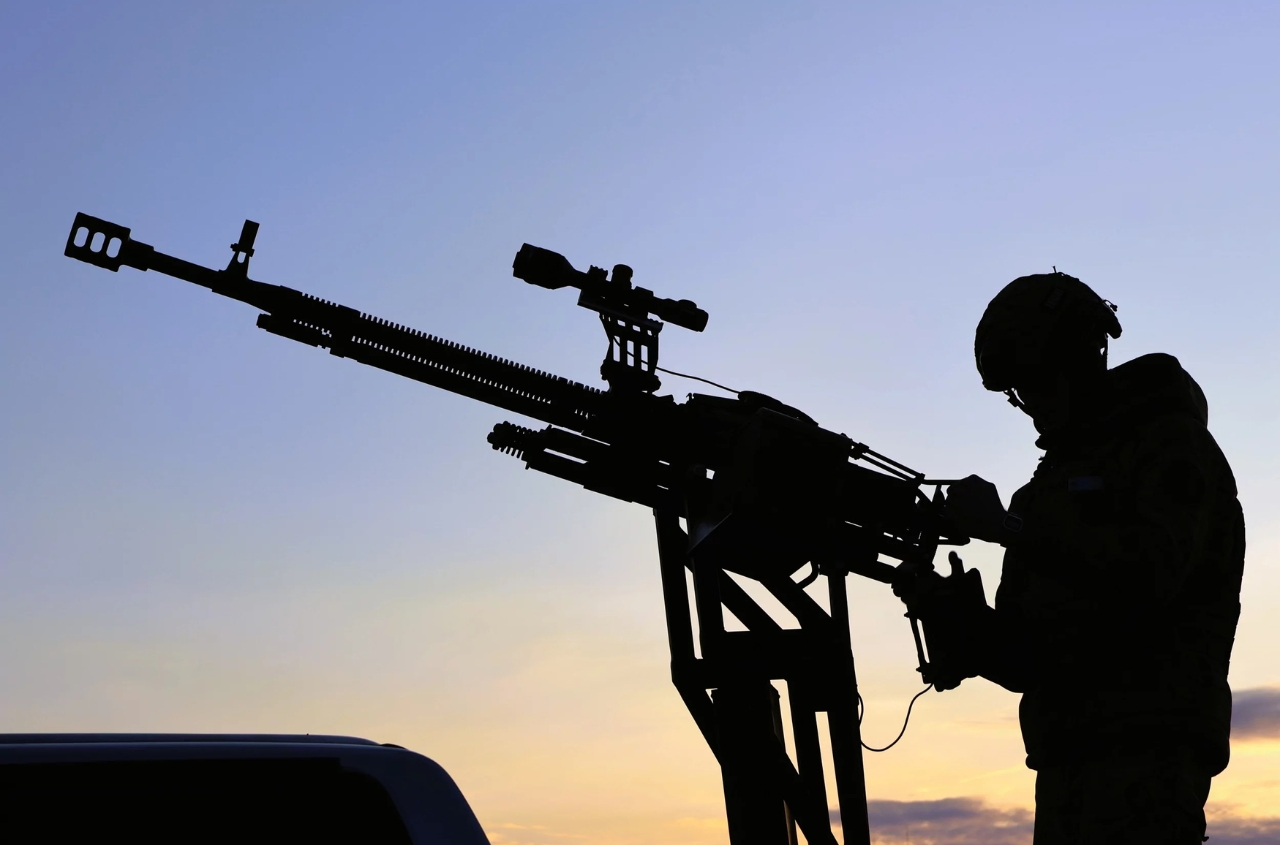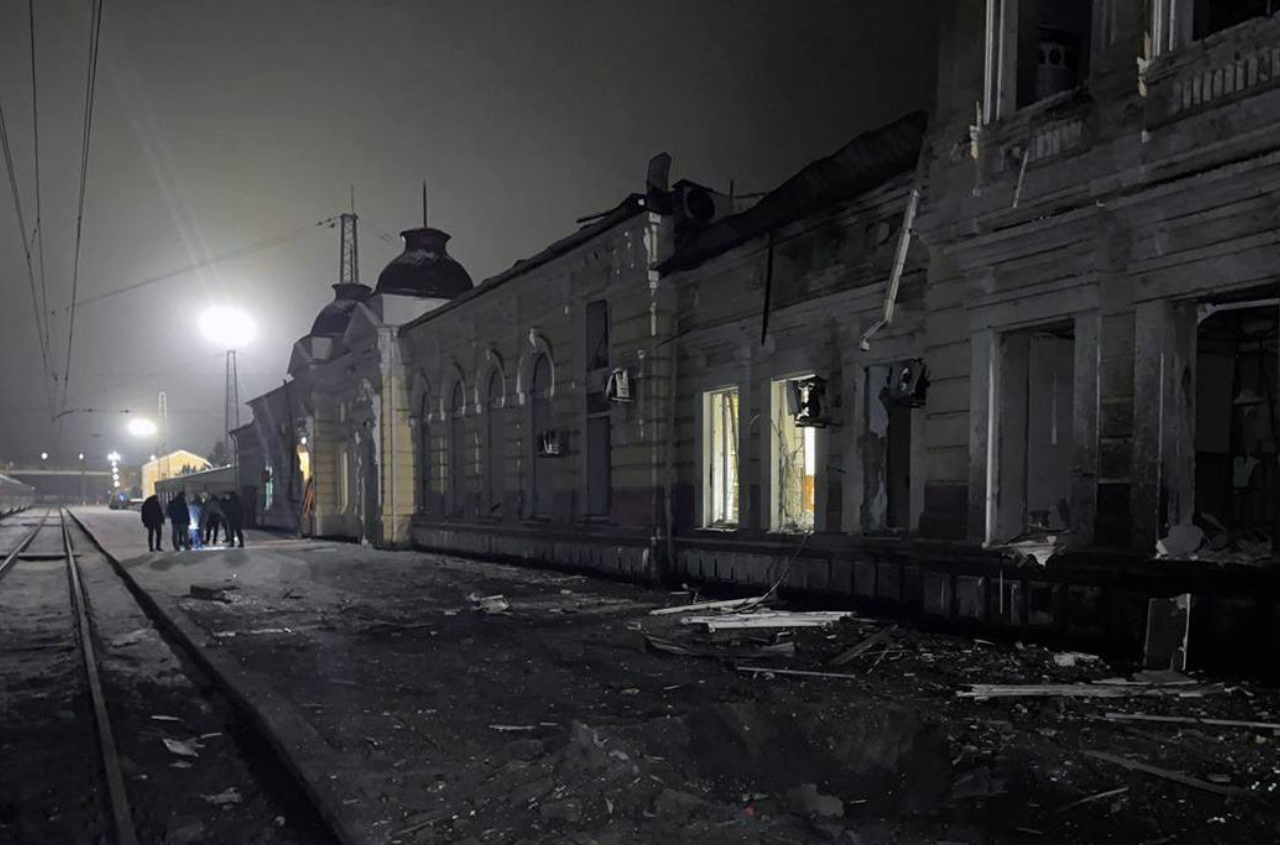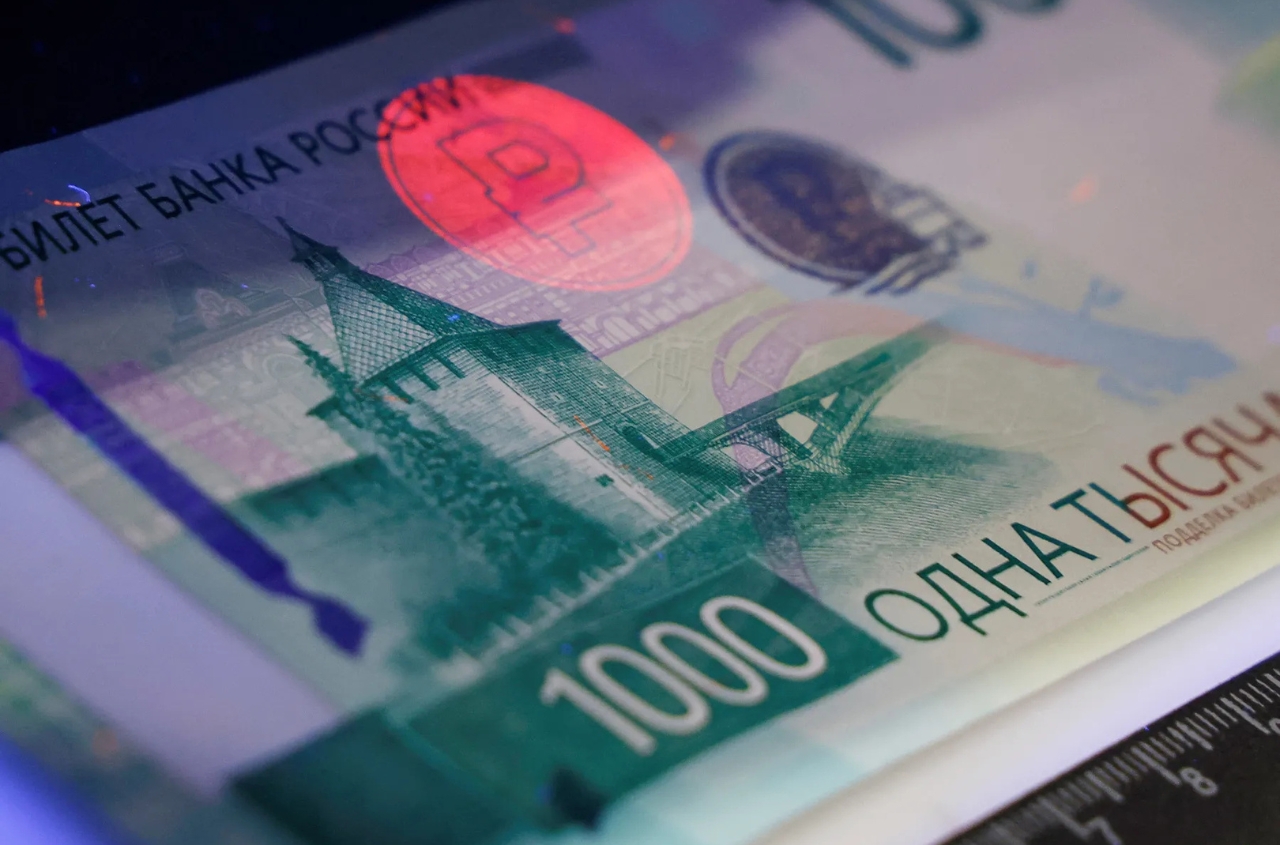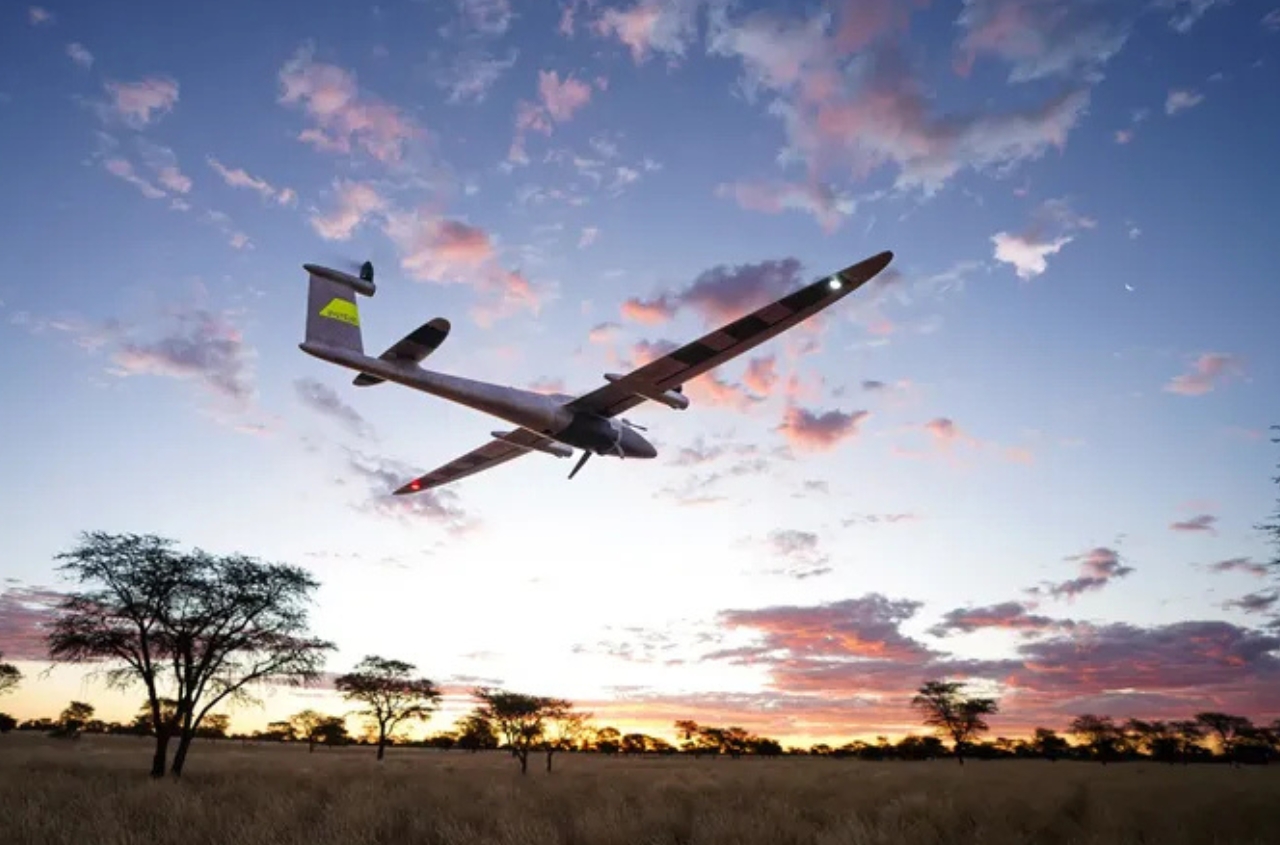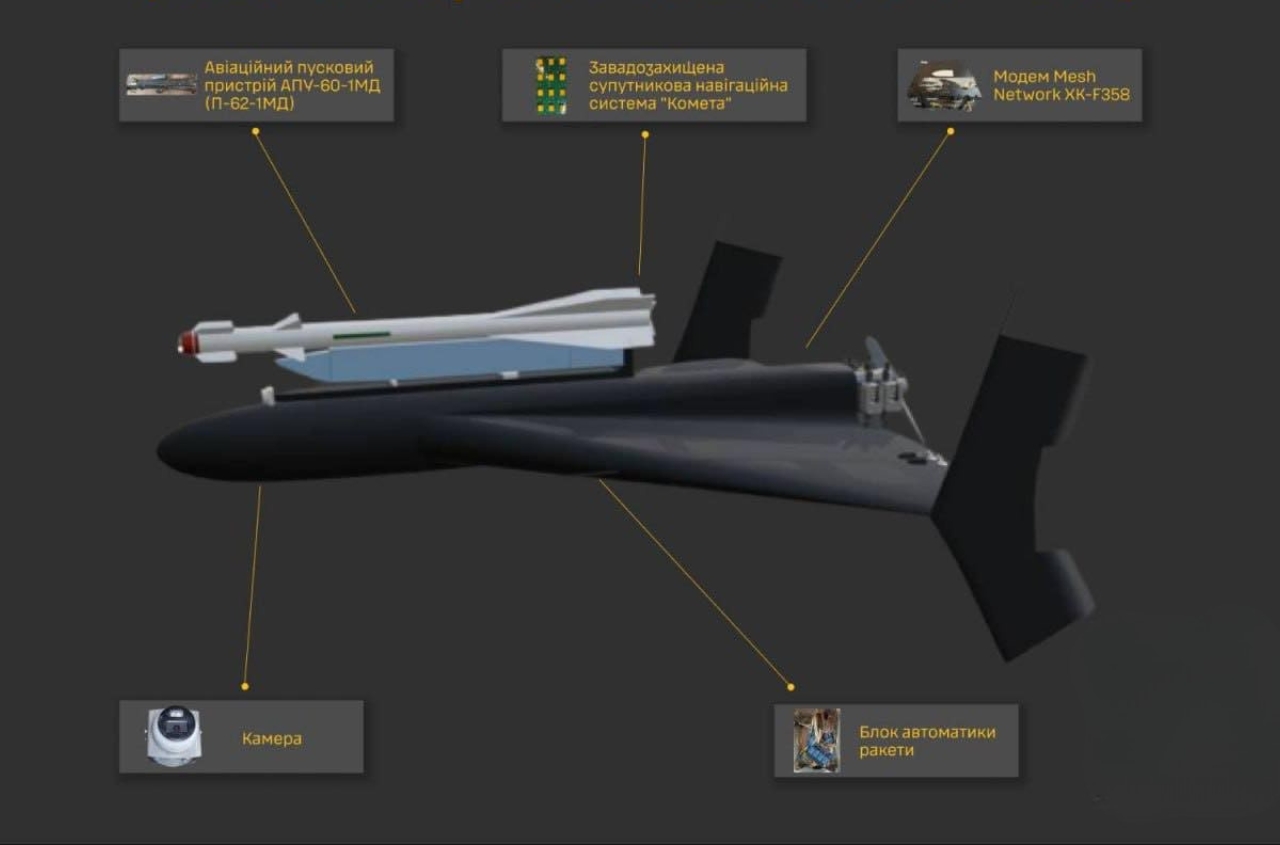"Since the beginning of 2024, Russian aviation has rapidly been losing its tactical component, primarily the Su-34 frontline bombers with fighter functions. These aircraft are the main workhorses in the deployment of guided aviation bombs, without which the Russian armed forces are unable to effectively penetrate our fortified areas. So, at some point, could the occupiers be left without the Su-34? Do they have replacements?
In essence, the question of what the Russian Aerospace Forces can replace the Su-34 with, when they become critically scarce, raises questions about Russian tactical aviation. Besides these fighter-bombers, the occupiers also have other aircraft in service, some with similar and some with slightly different functionalities.
When discussing aviation, it should be understood that each combat aircraft strictly performs its own function, and not many of those on the list are multirole; furthermore, not all of them can be used as specialized aircraft.
For example, the multirole Su-35 does not fulfill its function as a ground attack aircraft like the Su-25. However, the lightweight fighter MiG-29/35 is tailored for air combat but is not fully adapted for ground support operations.
Additionally, it's worth noting that not all the aircraft operated by the Russian Aerospace Forces are produced in Russia. For instance, the Su-34, Su-35, and MiG-35 are produced domestically, while the Su-24, Su-25, Su-27, MiG-31, and MiG-29 are not. Su-30 aircraft are primarily undergoing modernization.
The production capacities in the Russian Federation are quite limited. Multirole fighters such as the Su-35 are not delivered to the Russian Aerospace Forces in quantities exceeding a squadron per year, and the same goes for the Su-34. There are no contracts for the MiG-35 at all, except for servicing, repair, and modernization of existing aircraft.
The composition of the Russian Aerospace Forces fleet as of 2021-2023 and losses in the war with Ukraine
According to data from open sources, at the beginning of 2021, the Russian Aerospace Forces had the following combat-ready/stored aircraft in their fleet:
MiG-29 – 87/240
MiG-31 – 129
MiG-35 – 6
Su-24 – 120/273
Su-25 – 180/192
Su-27 – 101/359
Su-30 – 110
Su-34 – 125
Su-35 – 114/118
Su-57 – 11
During 2022, the Russian Aerospace Forces received 29 new and modernized aircraft, namely:
Su-57 – 6
Su-35 – 7
Su-34 – 10
Su-30SM – 4
Yak-130 – 2
In 2023, it was possible to identify the receipt of 26 new combat aircraft by the Russian army:
Su-57 – 2 (two aircraft were identified, although Russian sources suggest a batch of 8 units);
Su-35 – 10
Su-34 – 6
Su-30SM – 4
Yak-130 – 4
Speaking of losses, I use information from both the General Staff of the Armed Forces of Ukraine and verified data (when there is confirmation through photos and videos).
According to data from the General Staff of the Armed Forces of Ukraine, as of today, 347 Russian combat aircraft have been shot down or damaged (the General Staff does not provide precise identification of types in open sources). In turn, from official statements, it is known that since the beginning of 2024, 18 aircraft have already been shot down, of which 15 are Su-34s and 2 are Su-35S.
According to verified data, since 2022, 102 combat and transport aircraft, as well as AEW&C aircraft of the Russian Aerospace Forces, have been destroyed and damaged.
The tactical aviation aircraft are as follows:
MiG-31 – 1
Su-24 – 14
Su-25 – 31
Su-30 – 11
Su-34 – 25
Su-35 – 8
Furthermore, there is information about damage to Russian aircraft on airfields – for example, during an attack by a certain UAV in the Morozovsk area, where Su-34s were damaged. However, as there were no details about the number of damaged aircraft, and the photos themselves were not entered into the verification database as evidence of damage.
Be that as it may, verified data can be confidently multiplied by 2-2.5.
As of today, the Su-34 is the main "workhorse" of the Russian Aerospace Forces in terms of using guided aviation bombs. And it's not surprising: it is the most modern frontline bomber with fighter capabilities in the Russian army's arsenal. But apparently, there are currently less than 80 units in service. If the shooting down of Su-34s continues at the same pace over the next one and a half to two months, the Russian Aerospace Forces will be deprived of this aircraft.
In general, the Su-34 could be replaced in this functionality by the Su-24, Su-27, Su-30, and Su-35. However, practically all of them are inferior to the Su-34 in terms of its functionality and characteristics (except for the Su-35, but it is primarily a fighter). So, if the Russian Aerospace Forces begin to transition to the use of guided aviation bombs (GABs) on Su-24s, they will be at a disadvantage in terms of characteristics, and therefore, they will be more vulnerable and more likely to be destroyed than the Su-34.
It is worth noting the losses in the Russian aviation not only of the "trendy" Su-34 and Su-35 but also of the Su-25. As mentioned above, Russia cannot currently produce aircraft such as the Su-24, Su-25, Su-27, MiG-29, or MiG-31, so each loss is irreparable and painful. Even considering the obsolescence (both moral and technological) of these aircraft.
For example, the loss of the Su-25 is not just the loss of an old Soviet attack aircraft that cannot be compensated for by production but also the loss of an aircraft whose functionality cannot be replaced by others. Neither the Su-30, Su-35, Su-34, nor Su-57 can replace the Su-25 in its role of supporting ground troops. It is the Su-25 that exerts the main pressure on the enemy in the tactical zone.
The absence of production and replacement of an aircraft with such functionality empties a whole segment, which will have an extremely negative impact on the capabilities of the Russian Armed Forces on the battlefield. And it already has had an impact, given the losses of up to 40% from the combat-ready part of the attack aviation.
The systematic destruction of Russian aviation leads to the loss not only of combat units per se but also of actual functionality in several segments (front-line bombers, attack aviation, etc.).
Special attention should be paid to the category of aircraft that cannot be compensated for by production, which Russia will never be able to replenish, thereby reducing the potential and capabilities of conducting ground operations.
At one time, the Russian Aerospace Forces adapted to conducting combat operations in the presence of Ukrainian air defense systems and could maintain stable aviation operations with minimal risks. However, currently, the Air Forces of the Armed Forces of Ukraine have found a way to create a risk zone for the Russian Aerospace Forces practically throughout the depth of the temporarily occupied territories and even beyond their borders, which fundamentally changes the balance of forces and capabilities of the enemy in the air.
Certainly, against the backdrop of losses in Russian aviation, attention should also be paid to another very important factor – the loss of professional pilots for each category of aviation. However, this is a completely different topic."















